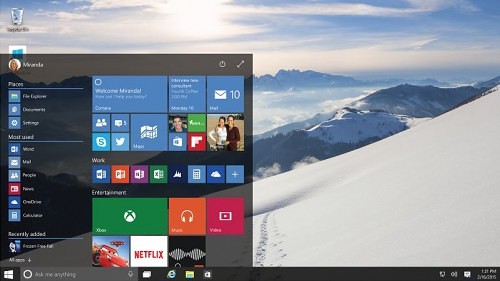
Aside from all the talk about Xbox One streaming, Cortana voice search, Continuum mode and Project Spartan, perhaps the biggest tidbit to come out of the Windows 10 event last week was that the new OS was going to be offered as a free upgrade. We like free, but then the exact wording got a little murky and we weren’t exactly sure how that was going to work out.
Microsoft said that Windows 10 would be available as a free upgrade to existing Windows 7, Windows 8 and Windows 8.1 users for the first year and then they would be offered free lifetime support as well. The big question that emerged was what would happen after that first year was up. It started to sound like Windows 10 could be taking the path of Office 365 (among many other software packages like Adobe’s Creative Cloud) and take up the subscription model. Given that, these newly upgraded Windows 10 users would then be on the hook for an annual fee and possibly no way of easily reverting back to Windows 7 or 8.
Thankfully, that fear has since been squashed.
Even though Terry Myerson of Microsoft did refer to Windows 10 “as a service,” he did not mean that it’d have an annual fee and he did not mean it would be offered on a subscription model. He has since clarified to say that Windows 10 will be receiving smaller, regular updates to improve the overall user experience and introduce new features, rather than taking on the older model of massive Service Packs.
So, what happens after that first year with free upgrades ends? The people who upgraded to Windows 10 will continue with business as usual with a full license for the new OS, just as if they actually paid for it. People who did not upgrade within that time frame will then be able to purchase their key, just as they have been doing before with earlier versions of Windows. A typical license for Windows 8 today costs about $120 and we can expect Windows 10 to be roughly the same.
And interestingly enough, this “free upgrade” had been rumored as early as last September when we still thought Windows Threshold was going to be Windows 9. Sometimes Internet rumors do come true.
Via PC Gamer

